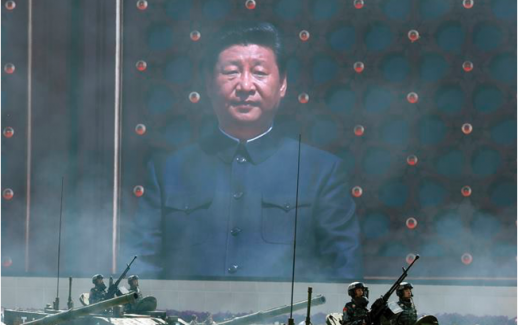The payload of an atmospheric balloon, at whatever elevation, is usually what the balloon is carrying beneath it. We should also consider whether what is inside the balloon itself may be part of the payload. If not done already we should figure out how to discern all payload information before shooting down balloons of possible hostile origin. Likely, these considerations were part of the handling of the Chinese balloon.
For example, regarding potentially hostile balloons at any elevation, if viruses and bacteria can travel in the troposphere or stratosphere, the risk of deposition of concentrated microbes into atmospheric flows, vapors, and particulates that return to earth over populated areas must be considered. The science appears theoretical in terms of proven outbreaks via atmospheric transit, however, perhaps there is data of which I am not yet aware.
As a matter of national health security, however, we should learn to disable, extract information from, process, and or destroy potential hostile balloons violating U.S. airspace in such a way as to eliminate or minimize the risk that concentrated viruses or other agents that may be inside or below the balloon can aerosolize and disperse sufficiently to pose the theoretical threat of triggering an epidemic in populated areas downwind. And the U.S. needs to know how to do this reasonably affordably.
For nation state deterrence and early prevention purposes, a few capabilities should be enhanced for potentially hostile balloons: (1) remote methods of detecting balloon launches by surveillance of seagoing vessels, islands, and landmass tracks where launches could put the balloons into airflows above the CONUS should be considered; (2) capability to collect and analyze balloon path data, airflow and specific weather history in quantum space-time along a balloon’s path, combined with public health data on the timing and location of novel outbreaks; and (3) reasonable means of both (a) intergovernmental joint identification, non-identification, detection, and tracking of balloon launches, flight paths, and responsible parties where cooperation makes it possible; and (b) unilateral detection, surveillance, and identification methods where no cooperation is possible.
There should also be contingency plans for alternate early detection and destruction should mainline capabilities go blind.
For potential rogue or terrorist launches, obtaining disclaimers from all likely and credible international sources of a balloon launch headed for the CONUS could put the balloon in a new category for early targeting. However, not all nations have the ability to so determine.
A good objective would be to establish criteria for narrowing down which are potentially hostile balloons heading for the CONUS or at allies. Identifying a balloon heading for U.S. airspace as potentially hostile well in advance of its likely activation of hostile capabilities in the ‘feeding’ atmospheric flows to civilization would be a best practice.
In the event of war, we must also develop the capability of destroying these balloons en masse.

